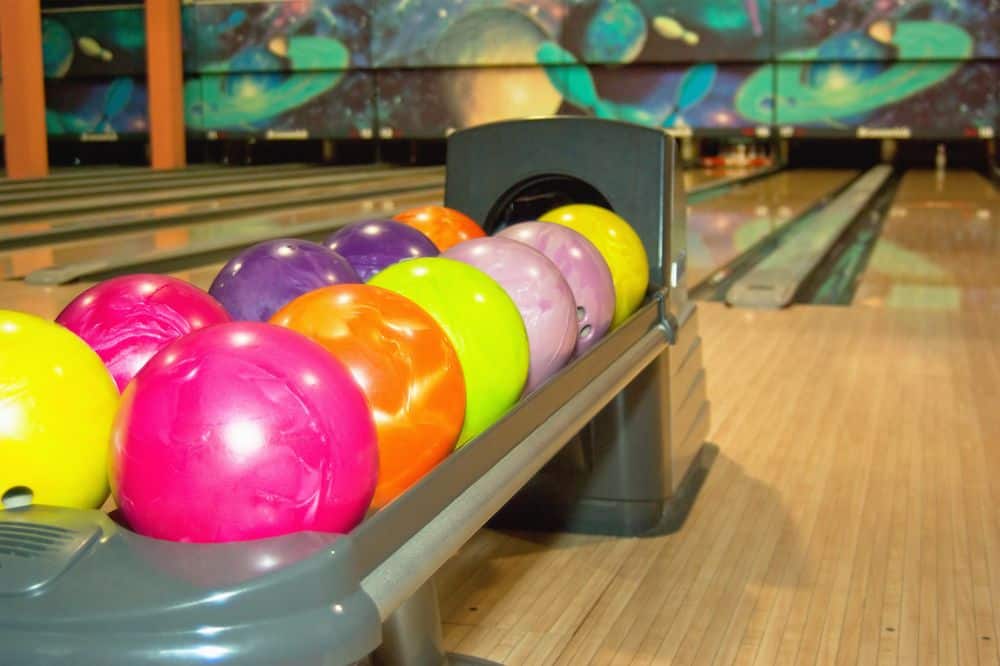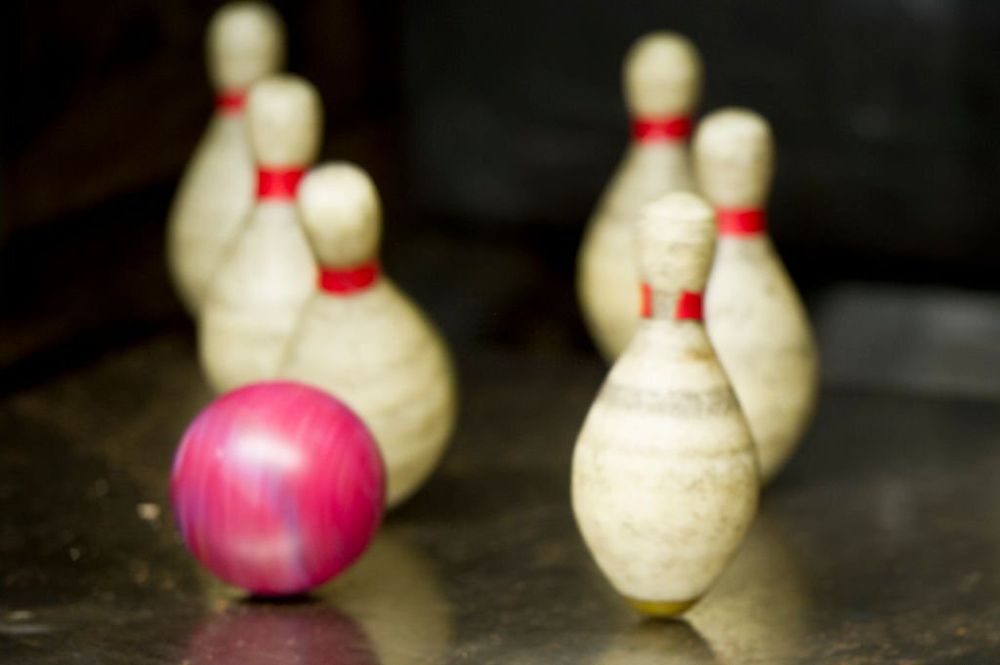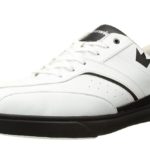Bowling is a sport enjoyed by millions of people around the world, with different styles and techniques varying from country to country. One aspect that sets bowlers apart in their game is the type of bowling ball they use.
While American-made bowling balls are popular in the United States, overseas bowling balls have gained popularity among bowlers worldwide. An overseas bowling ball refers to a type of bowling ball manufactured outside of the United States. These balls are made using different materials, designs, and techniques than American-made ones and are often preferred by professional bowlers due to their unique features and performance capabilities.
In this article, we will delve into the differences between overseas and American-made bowling balls, highlighting core shapes and designs, coverstock materials, surface finishes, and how these factors impact one’s overall technique while playing.
The Differences Between Overseas and American-Made Bowling Balls
The disparities between manufacturing practices in different countries can result in distinct variations in the properties and performance of spherical objects utilized for sports and leisure activities. This is particularly true when it comes to bowling balls.
The manufacturing processes used to make bowling balls overseas differ significantly from those used in America, resulting in differences in cost, quality, and performance.
Manufacturing processes play a significant role in determining the quality of a bowling ball. American-made bowling balls are typically produced using high-tech machinery that ensures consistency and precision throughout the manufacturing process. On the other hand, overseas manufacturers often rely on manual labor to produce their products. While this may result in lower costs, it also leads to inconsistencies that can affect the overall quality of the product.
Cost differences also contribute to the disparities seen between overseas and American-made bowling balls. While American-made products may come with a higher price tag due to their use of advanced technology and materials, they offer superior performance and durability. Overseas manufacturers may be able to offer lower prices due to cheaper labor costs; however, these savings often come at a cost: lower-quality materials or inconsistent production methods that can lead to subpar performance on the lanes.
Core Shapes and Designs in Overseas Bowling Balls
Core shapes and designs in the realm of international ball production have evolved significantly over time, reflecting a multitude of factors such as advancements in technology, changing player preferences, and market demands.
One key aspect that differentiates overseas bowling balls from their American counterparts is weight distribution. Overseas manufacturers tend to favor asymmetrical core designs that offer more mass on one side of the ball than the other. This allows for greater versatility in drilling angles, resulting in a wider range of motion on the lane.
Another design feature commonly found in overseas bowling balls is the use of high-density materials to enhance overall performance. These materials can include ceramics, dense polymers, or even metals like tungsten or bismuth. By incorporating these materials into the core, manufacturers are able to create balls with higher levels of inertia and angular momentum. This results in increased hook potential and better continuation through the pins.
Lastly, overseas manufacturers often prioritize research and development when it comes to designing new cores for their bowling balls. Through computer simulations and testing on actual lanes, they are able to fine-tune every aspect of a ball’s performance before it ever hits store shelves. As such, many overseas balls feature unique combinations of core shapes and densities that allow them to perform differently than anything else currently available on the market.
Coverstock Materials and Their Impact on Performance
Coverstock materials play a crucial role in determining the performance of a ball. They are the outermost layer of the bowling ball that makes contact with the lane, and their chemical composition can significantly impact how much friction is produced between the ball and the lane. Coverstocks come in various compositions, including plastic, urethane, reactive resin, and particle coverstocks.
The type of coverstock used can affect both surface friction and oil absorption. For instance, plastic balls have low surface friction and minimal oil absorption capabilities, making them ideal for beginners or those playing on dry lanes. On the other hand, reactive resin balls have high surface friction and excellent oil absorption properties that provide more hook potential for advanced bowlers who play on medium to oily lanes.
Durability and maintenance are also essential factors when considering coverstock materials. Plastic balls are highly durable but require periodic resurfacing to maintain their original condition. Urethane balls are less durable but easier to maintain than reactive resin or particle coverstocks due to their lower porosity levels.
Overall, choosing an appropriate coverstock material is a critical aspect of selecting a bowling ball as it determines its performance level based on skill level and lane conditions. It is also important to note that different brands may use different types of coverstock materials within their product lines, making it necessary to research thoroughly before purchasing a new bowling ball.
Surface Finishes and Their Role in Bowling Technique
Surface finishes of a bowling ball can be compared to the icing on a cake, as they play a significant role in the bowler’s technique and affect how the ball interacts with the lane. Polishing techniques and grit types are two main factors that determine which type of finish works best for each lane condition.
Polishing helps create a shiny surface on the ball, while grit types refer to the different levels of coarseness used in sanding down rough patches on the ball. Maintenance tips are essential for ensuring that your bowling ball stays in peak condition.
Buffing methods help maintain surface finishes by removing any blemishes or scratches that may have formed over time. This process is also useful for restoring lost shine to a dull-looking bowling ball. It is crucial to remember not to over-buff or polish your ball, as this could lead to an uneven surface that can negatively impact performance.
In conclusion, understanding how various surface finishes affect a bowling ball’s performance is critical knowledge for any serious bowler. By selecting appropriate polishing techniques and grit types, maintaining proper maintenance habits, and using buffing methods when necessary, you can ensure that your bowling ball always performs at its best level possible on any lane condition.
By following these practices closely and keeping up-to-date with current trends within this field of study will only help improve overall performance for an individual bowler!
Choosing the Right Overseas Bowling Ball for Your Game
Selecting the ideal overseas bowling ball that best complements an individual bowler’s playing style and technique is crucial for achieving optimal performance on a variety of lane conditions. When choosing an overseas bowling ball, one must consider several factors, including weight distribution, drilling techniques, price points, and brand reputation.
Weight distribution is a critical factor when selecting an overseas bowling ball. The weight distribution determines how the ball will react to different lane conditions. For instance, a high mass bias in the core creates more hook potential than a low mass bias. Therefore, bowlers who want more hook should choose balls with higher mass biases while those who prefer less hook should select balls with lower mass biases.
Drilling techniques also affect how the ball rolls down the lane. Drilling patterns can alter the way the ball behaves during its journey from release to impact with the pins. Additionally, it can change how much friction or oil absorption occurs on specific parts of the surface area of the ball. As such, bowlers must work closely with their pro shop specialists to determine which drilling pattern works best for them based on their preferences and play style.
Finally, price points and brand reputation are crucial considerations when selecting an overseas bowling ball. High-end brands often have better quality control measures in place than cheaper alternatives; they use better materials and technologies resulting in improved performance characteristics such as increased hook potential or length down-lane distance capabilities. However, premium brands come at a higher cost compared to cheaper ones; therefore budget-conscious players need to balance affordability against desired features when making purchasing decisions without sacrificing quality or performance ability levels they seek from their equipment choices overall in competitive play settings over time long-term succession planning efforts involved herein as well!
Conclusion
Bowling balls are an essential piece of equipment for anyone who loves the sport of bowling. While American-made bowling balls have been around for decades, overseas bowling balls are becoming increasingly popular due to their unique designs and advanced performance capabilities.
One interesting statistic is that over 70% of professional bowlers use overseas-made bowling balls in major tournaments. The difference between these two types of bowling balls lies in their core shapes, coverstock materials, and surface finishes.
Overseas-made bowling balls typically have more complex core designs that provide greater hook potential and better overall performance on medium to heavy oil lane conditions. Additionally, coverstock materials such as reactive resin or urethane can greatly impact ball motion and overall performance.
When choosing the right overseas-made bowling ball for your game, it’s important to consider your individual playing style and the specific lane conditions you’ll be facing. With proper research and consideration, an overseas-made ball could significantly enhance your game and help you achieve a higher level of success on the lanes.









